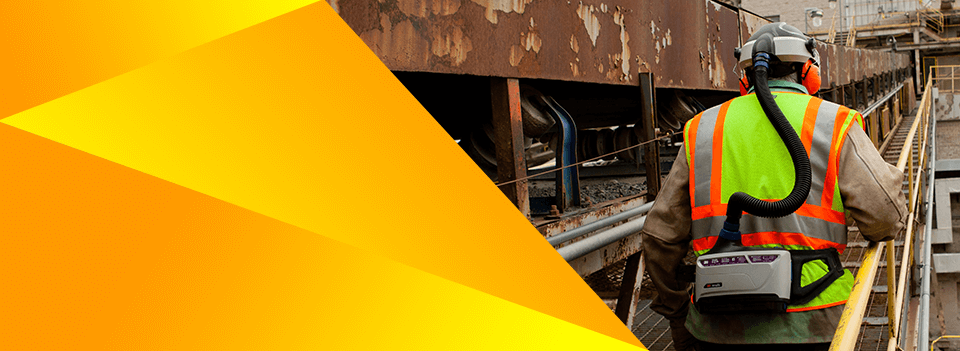-
Science of Safety Podcast: Episode 6.
September 14, 2018


Science of Safety Podcast.
Episode 6:
Silica in the Workplace – Part 2.Science of Safety Podcast.
Episode 6:
Silica in the Workplace – Part 2.Science of Safety Podcast.
Episode 6:
Silica in the Workplace – Part 2.In this episode host Mark Reggers and guest Kate Cole, Manager of Occupational Health and Hygiene with Ventia resume their discussion and delve deeper into the subject matter of Silica in the workplace.
Silica, a basic component of soil, sand and rock is one of the most widespread minerals on earth existing in both crystalline and amorphous form. The crystalline form, which is more of a health concern, can be found in many common construction and building materials including: sand, stone, cement, concrete, asphalt, brick, tile, grout, mortar and drywall. Crystalline silica can become airborne during sanding, crushing, cutting, drilling and chipping. These tiny particles can be easily inhaled and travel deep into your lungs, repeated and long-term exposures have been linked to Silicosis and Lung Cancer. Some deadly respiratory illnesses caused by work can take up to 20 years to develop.



Guest Bio:
Kate Cole (pictured left with host Mark Reggers) is a Certified Occupational Hygienist (COH) who has worked in the construction industry for almost two decades on projects in Australia, Hong Kong and the USA. She holds degrees in Science, Engineering, and Occupational Hygiene, and works on major projects involving complex contaminated land remediation and large-scale underground tunneling.
She is currently the Manager of Occupational Health and Hygiene with Ventia, Kate works across most tunnels under construction in Sydney. She is currently supporting Transport for NSW on Australia’s largest public transport infrastructure project, the Sydney Metro as the Occupational Health and Hygiene Manager.
In 2016 Kate was awarded a Winston Fellowship where visited numerous tunnel construction projects in Norway, Switzerland, UK and the USA to investigate best practice to prevent illness and disease in tunnel construction workers.
In this show, part 2 of 2, Mark & Kate discuss the following:
- Other factors which are thought to affect potential for Silicosis
- How would a workplace find out if their workers have been exposed or affected by Respirable Crystalline Silica (RCS)
- Where would a workplace go to get information on silica management and control
- How does a workplace know if they have a silica problem
- Who can a workplace contact to have a dust or silica assessment
- How do they measure how must dust and silica is in the air
- Hierarchy of control and some of the control for dust and RCS
- The control principles that apply to RCS are similar to those that apply to all mechanically generated dust exposures
- Overview of key learnings/practices from Kate’s Winston Fellowship
Tune in to the podcast and learn how to protect yourself by finding out how the exposure levels at your workplace compare to the occupational exposure limits and make sure you have the right respiratory protection that will help keep your lungs safe.
Additional Resources:
- Podcast Transcript
- Find out more about 3M Respiratory Protection Solutions
- Respirator Selector and Service Life Software
- SafeWork NSW - Crystalline silica - technical fact sheet
- Safe Work Australia - Guide for tunnelling work
- Safe Work Australia - Controlling silica in the infrastructure sector
- Safe Work Australia - Preventing illness and disease in tunnel construction workers
- Safe Work Australia - Crystalline silica health monitoring
- Safe Work Australia - Personal protective equipment
- Worksafe NZ - Silica dust in the workplace
- SAI Global Store - AS/NZS 1715:2009
Contact a 3M Safety Specialist at scienceofsafetyanz@mmm.com for more information
